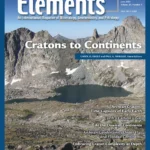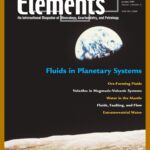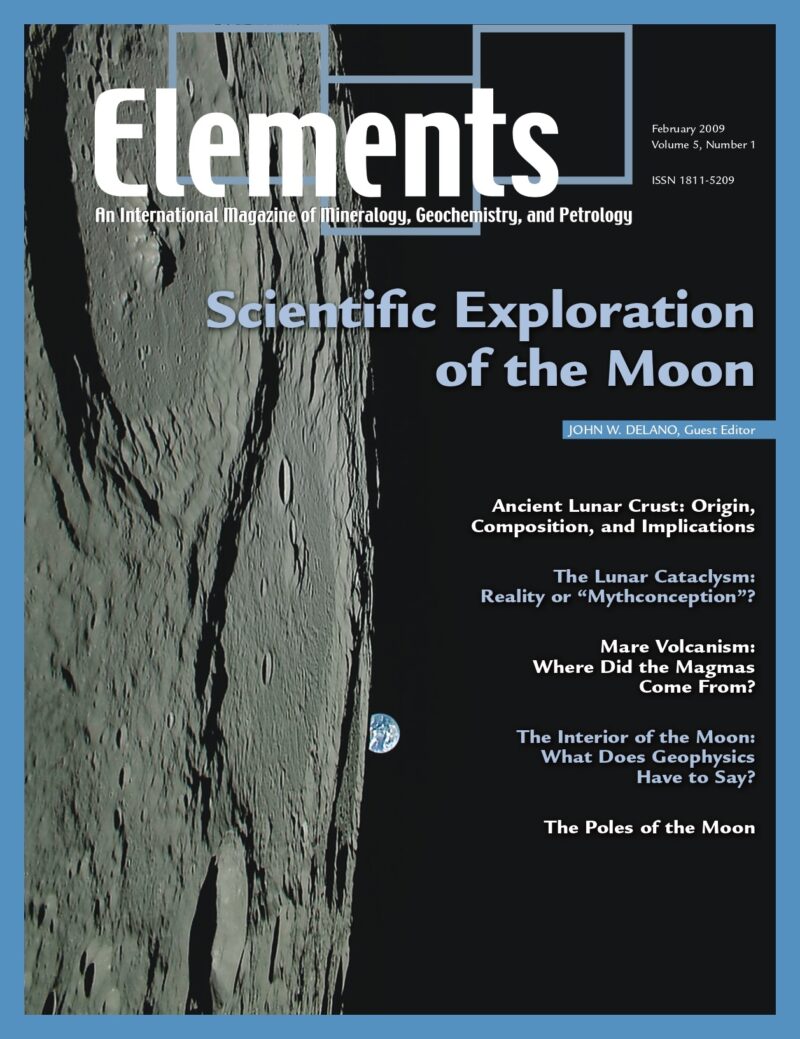
Cratons to Continents (Poster v20n3)
June 14, 2024
Fluids in Planetary Systems, January 2005, Vol. 1, No. 1
June 28, 2024Large Igneous Provinces: Origin And Environmental Consequences, December 2005, Vol. 1, No. 5
$20.00
Large igneous provinces record major outpourings of igneous rocks, both on the continents and in ocean basins. Their origin is still vigorously disputed, with models invoking mantle plumes, thermal effects of the lithosphere, and meteorite impacts.
Large Igneous Provinces: Origin And Environmental Consequences
December 2005, Vol. 1, No. 5
Large igneous provinces record major outpourings of igneous rocks, both on the continents and in ocean basins. Their origin is still vigorously disputed, with models invoking mantle plumes, thermal effects of the lithosphere, and meteorite impacts. The environmental consequences are also hotly debated: some argue that voluminous flood basalt volcanism triggered catastrophic changes to the global climate and mass extinctions, whereas others believe their effects to be much less significant. Six contributions by experts in their respective fields outline the various models for the formation of LIPs and summarise the ideas about the environmental consequences of such massive and prolonged volcanism.
Why You’ll Love Elements Magazine:
- Expert Contributors: Articles written by renowned researchers in the field of geoscience.
- Engaging Content: Join a community of readers who are passionate about Elements.
- Exceptional Quality: Each issue is printed on high-quality paper with stunning visuals and detailed illustrations that bring complex scientific concepts to life.
Order your copy of the December 2005 issue of Elements magazine today and investigate the origin and environmental consequences of large igneous provinces.
Related products
-
Toxic Metals In The Environment: The Role Of Surfaces, September 2005, Vol. 1, No. 4
$20.00Metals are prevalent in the environment. They are derived from both natural and anthropogenic sources.
-
Deep Earth And Mineral Physics, June 2008, Vol. 4, No. 3
$20.00The field of high-pressure mineral physics is central to our understanding of the Earth’s interior and its evolution. It is also a field that is rapidly advancing.
-
Scientific Exploration Of The Moon, February 2009, Vol. 5, No. 1
$20.00Our current understanding of the Moon’s history, interior structure, and chemical composition is based in large part on geochemical data acquired from samples from the U.S.




